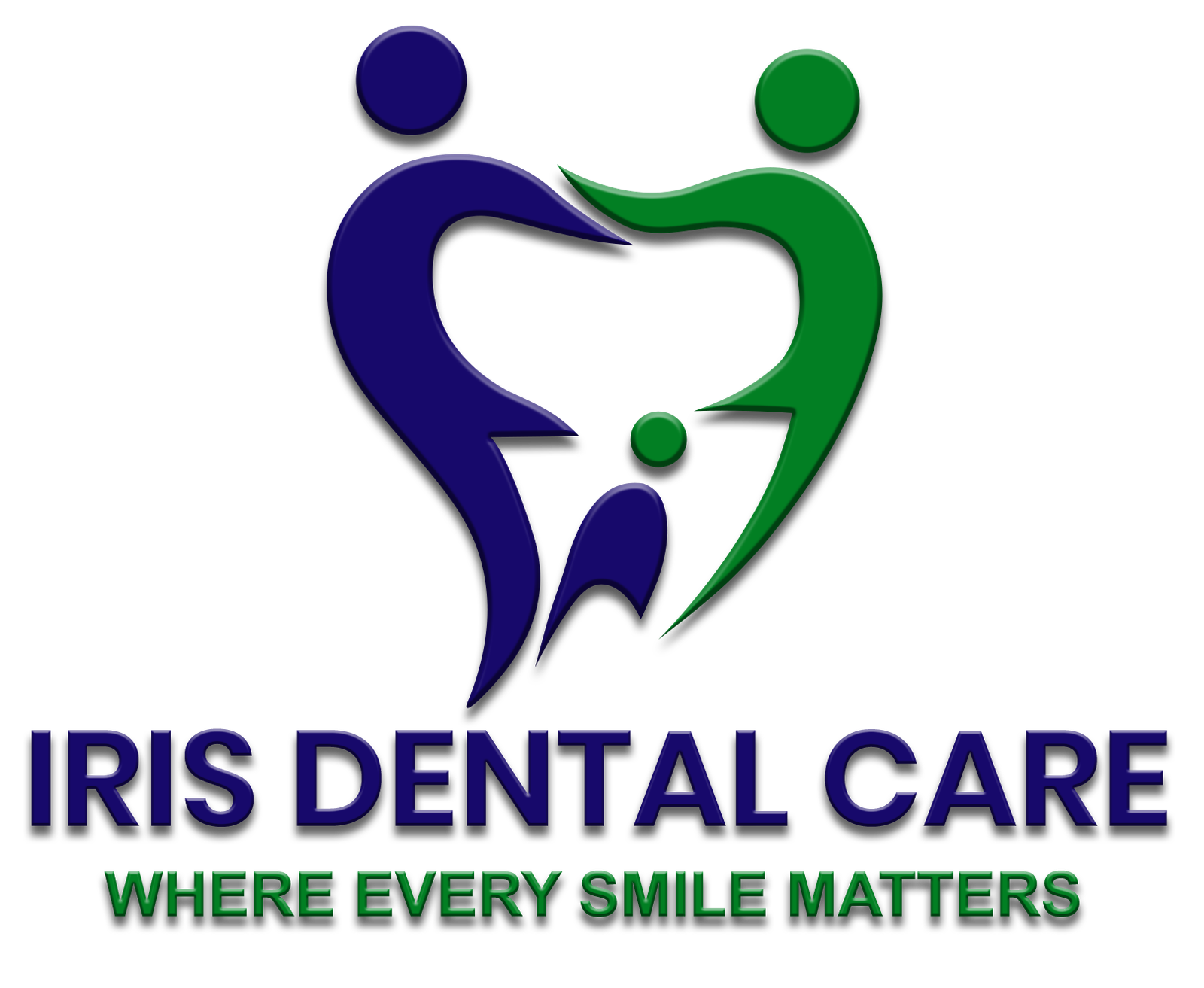Root canal treatment is often misunderstood, with many people assuming that it is a painful, lengthy process. However, thanks to advancements in modern dental techniques, the procedure itself is usually quite painless. The real challenge typically arises during the recovery period, when you may experience some discomfort as your mouth heals. Fortunately, there are several …
Root canal treatment is often misunderstood, with many people assuming that it is a painful, lengthy process. However, thanks to advancements in modern dental techniques, the procedure itself is usually quite painless. The real challenge typically arises during the recovery period, when you may experience some discomfort as your mouth heals. Fortunately, there are several effective strategies to manage pain and ensure a smooth recovery after a root canal.
In this article, we share expert tips to help you ease discomfort and promote a comfortable recovery following a root canal treatment.
- Follow Your Dentist’s Instructions Carefully
The most important step in ensuring a successful recovery after a root canal is to follow your dentist’s aftercare instructions meticulously. After the procedure, your dentist will likely prescribe medications to help manage pain, reduce inflammation, and prevent infection. It is essential to take these medications as directed—whether they are pain relievers, antibiotics, or anti-inflammatory drugs. Adhering to these guidelines will help you remain comfortable and avoid potential complications.
Your dentist may also provide advice on additional measures such as using cold compresses or avoiding certain foods. Following these instructions closely can help accelerate your healing and reduce the risk of further discomfort or infection.
- Avoid Chewing on the Treated Tooth
One of the most common causes of pain following a root canal is pressure on the treated tooth. For the first few days after the procedure, avoid chewing on the side of your mouth where the root canal was performed. Biting down too soon on the treated tooth can irritate the area, cause sensitivity, and delay the healing process.
When eating, stick to soft foods that do not require much chewing, and try to chew with the opposite side of your mouth. This will allow the treated tooth to settle and reduce the risk of discomfort.
- Use Over-the-Counter Pain Relievers as Recommended by Your Dentist
Over-the-counter (OTC) pain relievers can be effective in managing mild pain or discomfort after a root canal. However, it is important to follow your dentist’s instructions regarding dosage and avoid exceeding the recommended amount.
In addition to pain relievers, your dentist may suggest applying cold compresses to reduce swelling and soothe the area around the treated tooth. Applying a cold pack to the outside of your cheek for 15 to 20 minutes at a time can provide temporary relief.
- Maintain Oral Hygiene, but Be Gentle
Good oral hygiene is crucial to avoid infection after a root canal, but you must take extra care during the recovery process. Gently brush your teeth, especially around the treated area, and use a mild mouthwash to rinse your mouth. Avoid brushing too aggressively, as this could irritate the sensitive area.
If your dentist placed a temporary filling after the root canal, be cautious about chewing on that tooth, as the temporary filling may not be as durable as a permanent restoration. Once the tooth is permanently restored with a crown, you can return to your normal oral hygiene and eating habits.
- Avoid Certain Foods and Drinks
Your tooth may be sensitive after a root canal, and certain foods can exacerbate this discomfort. For the first few days following the procedure, try to avoid:
Hot foods and drinks: These can cause discomfort, particularly if the tooth is still sensitive to temperature.
Sticky or hard foods: Avoid chewing anything that could get stuck in the treated tooth or place unnecessary pressure on it. This includes hard candies, popcorn, and chewy foods like caramel.
Sugary foods: These can contribute to the buildup of bacteria in your mouth, increasing the risk of infection.
If you are unsure about what to eat, soft foods such as yogurt, mashed potatoes, and soup are ideal options during the first few days of recovery.
Conclusion
While a root canal treatment itself is typically painless, the recovery period can cause some temporary discomfort as your tooth and gums heal. By following the proper aftercare instructions, avoiding pressure on the treated tooth, and taking the right steps to maintain your oral hygiene, you can minimize discomfort and speed up the healing process.
If you have any concerns or questions about your root canal treatment, or if you are interested in learning more about the cost of root canal treatments, we encourage you to schedule an appointment with one of our expert professionals at Iris Dental Care.
Our team is committed to providing you with personalized care and guidance to ensure a smooth recovery and a successful outcome. Reach out to us today to discuss your treatment options and ensure the best possible care for your oral health.
For more information, contact Iris Dental Care and take the next step towards optimal dental health.

